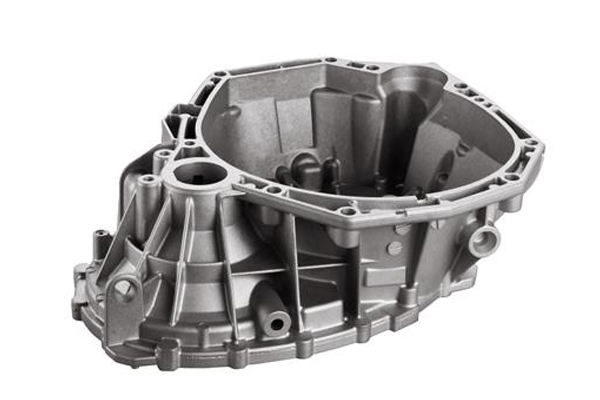Processing Technology of Sand Casting
Sand casting process is a casting method in which sand is used as the main modeling material to prepare molds. Sand casting is the most traditional casting method. Due to the characteristics of sand casting (not limited by the shape, size, complexity and alloy types of parts, short production cycle and low cost), sand casting is still the most widely used casting method in casting production, especially for single-piece or Small batch castings!
Basic Steps of Sand Casting
The basic process of the traditional sand casting process has the following steps: sand preparation, mold making, core making, modeling, pouring, sand falling, grinding processing, inspection, etc.
In the sand mixing stage, mold sand and core sand are prepared for modeling. Generally, a sand mixer is used to put the old map and appropriate amount of clay into it.
In the mold making stage, molds and core boxes are made according to the drawings of the parts. Generally, a single piece can be made of wood molds, mass production can be used to make plastic molds or metal molds (commonly known as iron molds or steel molds), and large-scale castings can be used to make pattern plates. Now the molds are basically engraving machines, so the production cycle is greatly shortened, and it usually takes 2 to 10 days to make the mold.
Modeling (core-making) stage: including modeling (forming the cavity of the casting with molding sand), core-making (forming the inner shape of the casting), mold matching (putting the core into the cavity, and closing the upper and lower flasks) ). Modeling is a key link in casting.
Melting stage: According to the required metal composition, the chemical composition is allocated, and the appropriate melting furnace is selected to melt the alloy material to form a qualified liquid metal liquid (including qualified composition and qualified temperature). Smelting generally uses cupola or electric furnace (due to environmental protection requirements, cupolas are now basically banned, and electric furnaces are basically used).
How to Develop Sand Casting
Pouring stage: Use a ladle to pour the molten iron in the electric furnace into the finished mold. It is necessary to pay attention to the speed of pouring molten iron, so that the molten iron fills the entire cavity. In addition, pouring molten iron is more dangerous, so pay attention to safety!
Cleaning stage: After pouring and waiting for the molten metal to solidify, take a hammer to remove the gate and shake off the sand of the casting, and then use a sandblasting machine for sandblasting, so that the surface of the casting will look very clean! The casting blanks that are not strictly required can basically be shipped after inspection.
Casting processing. For some castings with special requirements or some castings that cannot meet the requirements, simple processing may be required. Generally, a grinding wheel or a grinder is used for processing and polishing to remove burrs and make the castings smoother.
Casting inspection. Casting inspection is generally in the process of cleaning or processing, and the unqualified ones are usually found out. However, some castings have individual requirements and need to be inspected again. For example, some castings require a 5 cm shaft to be inserted into the center hole, so you need to take a 5 cm shaft and try it out.
 English
English  Deutsch
Deutsch  français
français  русский
русский  فارسی
فارسی  العربية
العربية  Español
Español  日本語
日本語  한국어
한국어  italiano
italiano  português
português  dansk
dansk  Suomi
Suomi 







